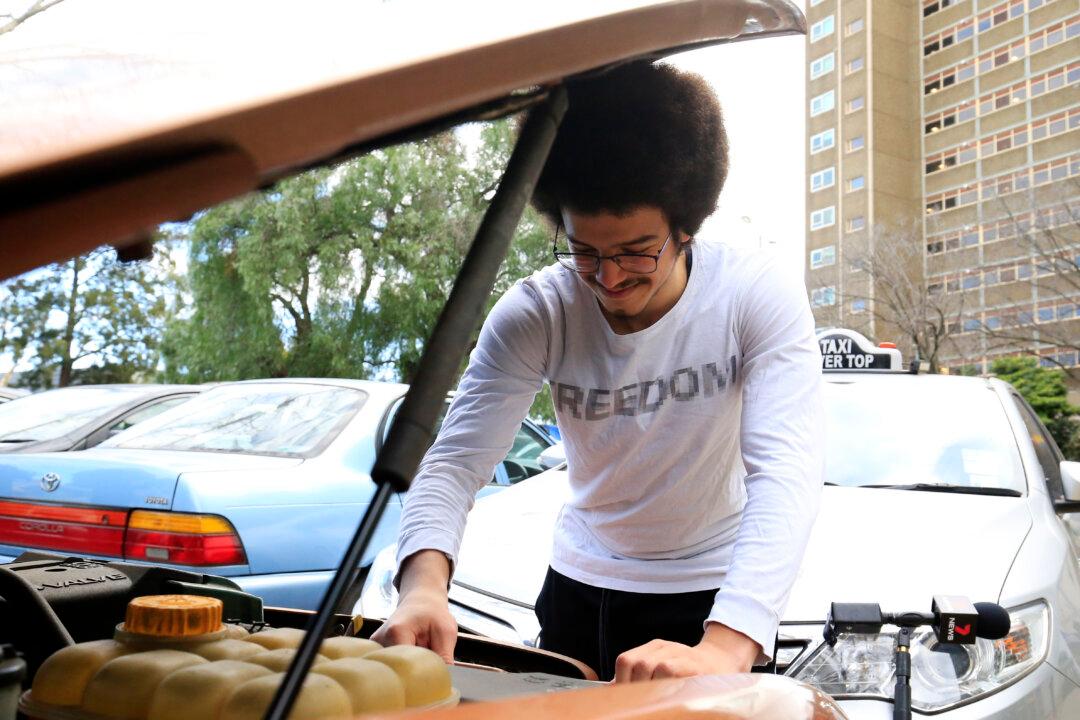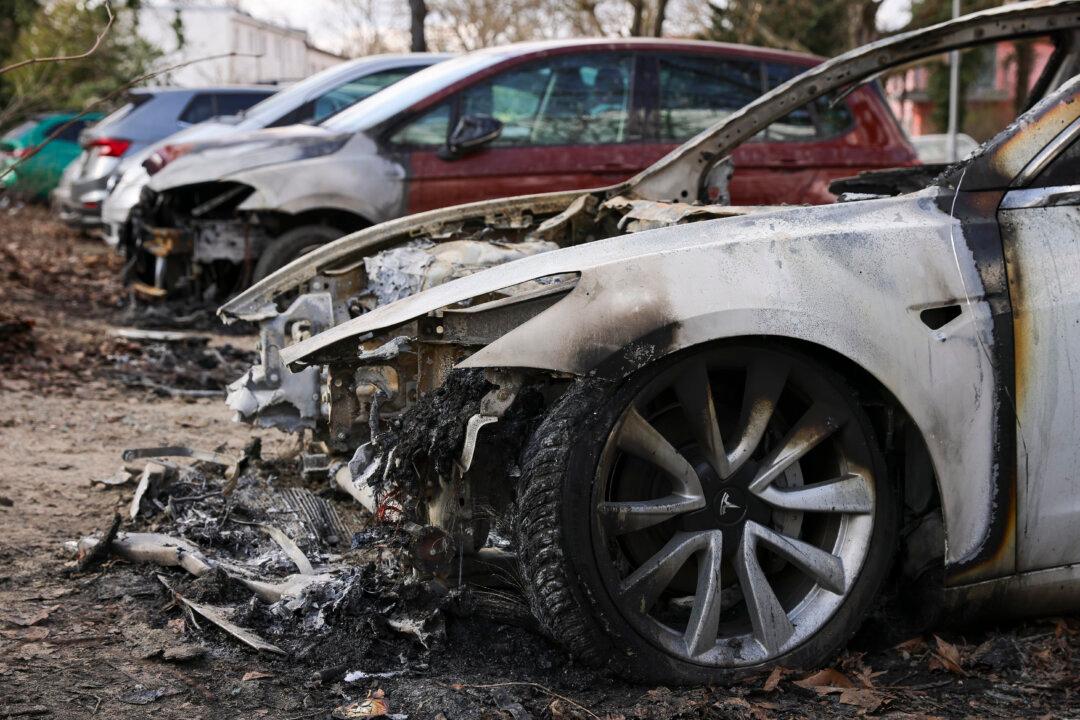The cost of living crunch has forced Australian households to give up on many necessities, with car maintenance and repairs now making it into the list of slashed common expenses.
According to new research by financial comparison website Finder, over four in ten Australians (45 percent) could not afford to keep their vehicles in good shape.





